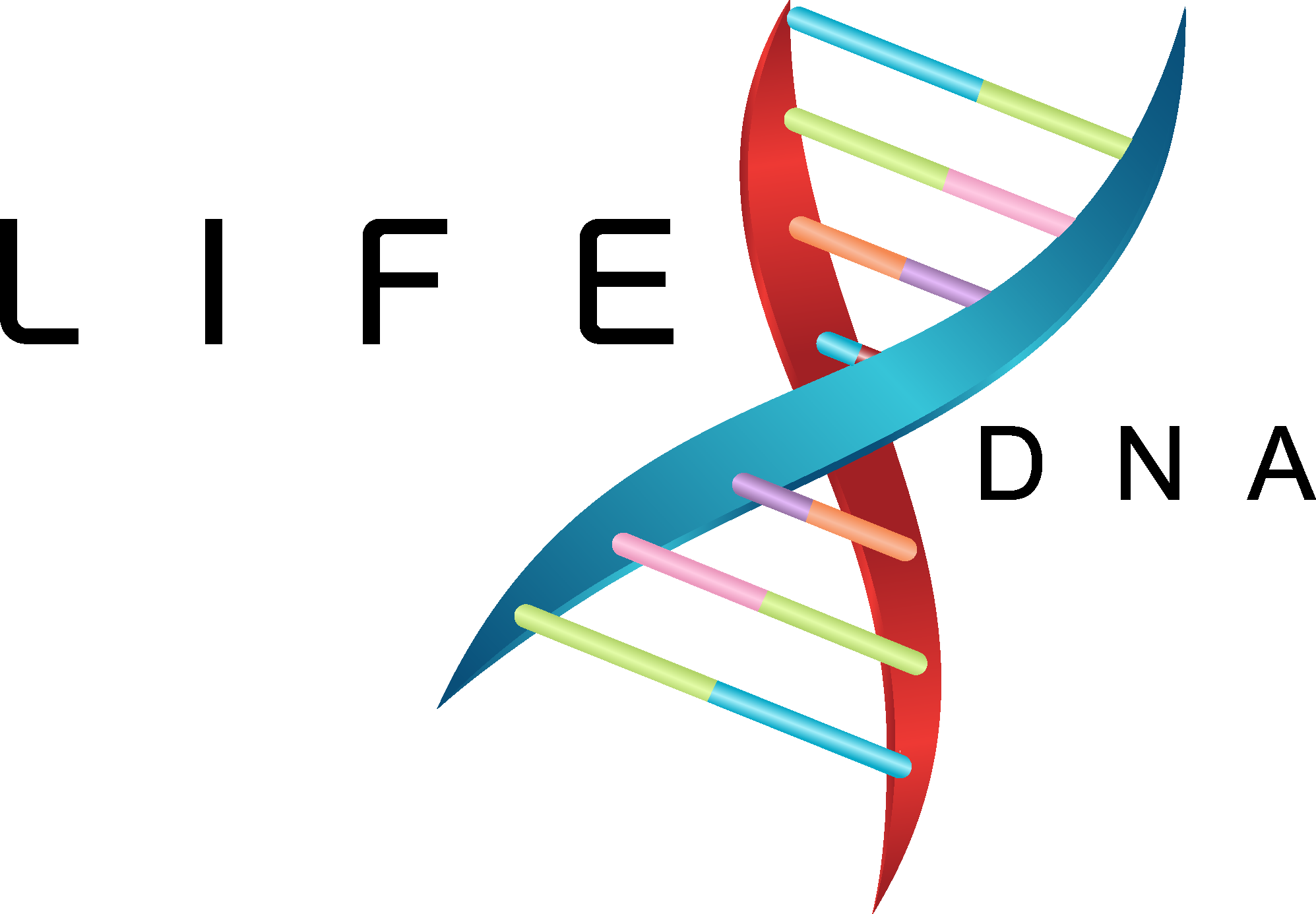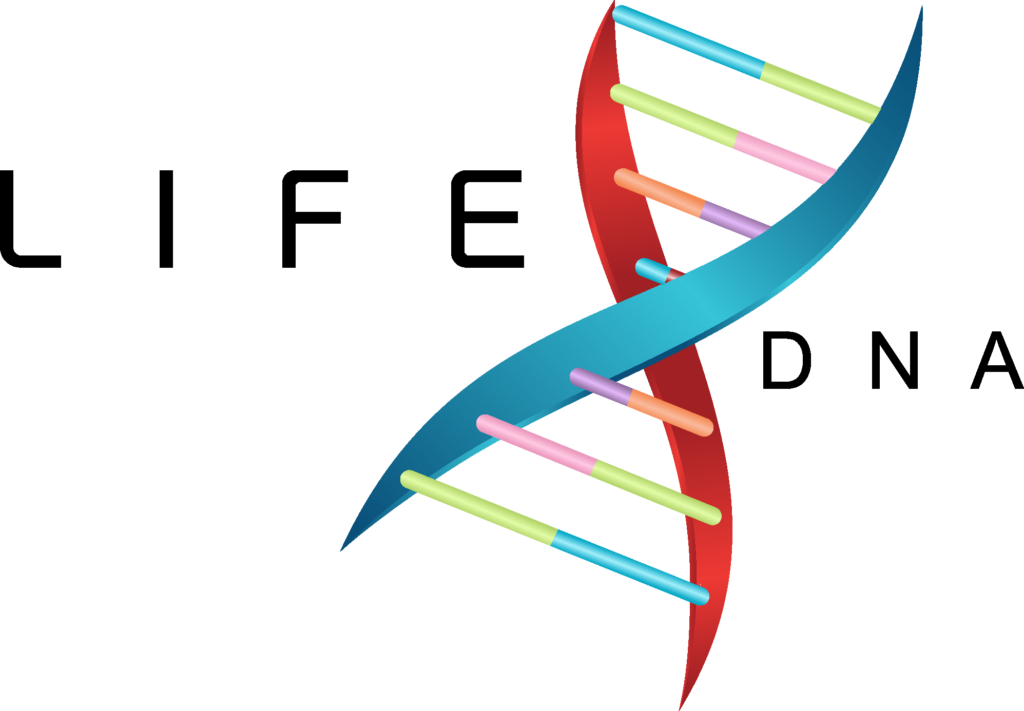
Beyond five genes: Life X DNA’s broader methylation-centred analysis
Many people first learn about methylation through five-gene screening (often including MTHFR). At Life X DNA™, we analyse 25+ methylation-related genes plus hundreds that interact with these pathways, to provide a broader view for targeted action.
Why methylation matters (and why it deserves more than five genes)
Methylation is one of the body’s most versatile biochemical switches. It supports the regulation of gene expression, neurotransmitter synthesis, detoxification, cardiovascular balance, cellular energy, and immune signalling. When methylation is well supported, people often describe clearer thinking, steadier mood, and more robust day-to-day vitality. When it’s under strain, they may notice the opposite—sluggishness, brain fog, intolerance to certain foods or chemicals, and slower recovery.
Because methylation touches so many processes, looking at a small handful of variants can be a helpful starting point—but it’s rarely the end of the story. Genes don’t act in isolation; they operate in coordinated pathways with co-factors, feedback loops, and crosstalk with other systems (for example, folate and methionine cycles, trans-sulphuration, one-carbon metabolism, and mitochondrial function). That’s why a broader analysis gives you a far better map for practical, personalised action.
The limitation of “five-gene” methylation screens—explained respectfully
Entry-level screens often focus on a small set of high-profile variants (commonly including MTHFR). These can highlight useful tendencies—such as how efficiently you recycle folate or handle certain methyl donors—but they leave important context on the table:
-
Pathway coverage: A few markers can’t fully represent the folate, methionine, and trans-sulphuration cycles or their regulatory genes.
-
Network effects: Variants in related genes may buffer or compound the effect of any single SNP; without seeing those, recommendations risk being over- or under-powered.
-
Actionability: Nuanced, stepwise protocols (e.g., when to prioritise riboflavin or B6 before methylfolate; where betaine fits; when to focus on choline or magnesium) need a wider lens.
We appreciate the role that “five-gene” approaches played in raising awareness. Our aim is to build on that foundation with greater depth and precision.
Life X DNA™: a broader methylation-centred analysis
Our methodology assesses 25+ methylation-related genes together with hundreds of additional genes that directly or indirectly interact with methylation pathways. We then translate those insights into practical, staged actions.
What we look at:
-
Folate cycle & one-carbon metabolism: MTHFR, MTHFD1, MTHFS, SHMT1, DHFR, TCN2, FOLH1
-
Methionine cycle & regulation: MTR, MTRR, MAT1A, AHCY, BHMT, GNMT, DNMT3B
-
Trans-sulphuration & redox balance: CBS (and related antioxidant pathways)
-
Neurotransmitter balance & COMT activity: COMT plus modulators influencing catecholamine turnover and methyl-donor utilisation
-
Choline & phospholipid metabolism: PEMT, CHDH
-
Nutrient transport & utilisation: genes that influence B-vitamins, choline, magnesium, and co-factor handling
Crucially, we don’t evaluate these variants in isolation. We model pathway dynamics, looking at how combinations of SNPs may shape demand for specific co-factors, and how those demands change when you adjust diet, lifestyle, or supplementation.
Scale that supports nuance
Beyond the core methylation set, our platform considers hundreds of interacting genes and evaluates over 200 million variants using advanced imputation and curation techniques. That scale matters because it helps us place your methylation profile in its proper biological context—detoxification genes, neurotransmitter enzymes, mitochondrial markers, and lipid/choline metabolism all feed into real-world decisions.
Plain-English takeaway: More context → more precise, staged recommendations → fewer “trial-and-error” cycles.
From genotype to action: how insights become a plan
Information is only useful if it changes what you do on Monday morning. Our reporting is designed to move you from insight to action, step by step.
-
Foundations first: We begin with fundamentals—sleep, movement, hydration, protein quality, fibre diversity, and stress modulation. These pillars amplify any methylation protocol.
-
Co-factor prioritisation: Before introducing high doses of methyl donors, we often look at enablers—for example, riboflavin (B2) and pyridoxal-5-phosphate (B6) to support MTHFR/MTRR-related steps; magnesium for ATP-dependent reactions; choline and betaine (TMG) for methyl-donor economy.
-
Targeted methyl donors (only where appropriate): Methylfolate and methylcobalamin can be immensely helpful—but dose, timing, and sequence matter. A broader analysis informs whether you start low and build, or focus elsewhere first (e.g., choline/PEMT support).
-
Trans-sulphuration & antioxidant support: If pathway modelling suggests elevated sulphur flow or oxidative demand, we may emphasise glycine, taurine, NAC precursors, or diet patterns that support glutathione recycling.
-
Lifestyle & environment: Light exposure, caffeine timing, alcohol tolerance, and stress reactivity all have genetic context. Small behavioural tweaks—consistently applied—often produce outsized gains.
All of this is presented in a clear, staged roadmap, so you can proceed with confidence and minimise over-supplementation.
Who benefits from a broader methylation view?
-
The “I tried methylfolate and felt wired” group: You may thrive once co-factors are in place, doses are titrated, and trans-sulphuration is supported.
-
The “I want mental clarity and steady energy” group: Balancing methyl donors and catecholamine metabolism (COMT and friends) can smooth peaks and troughs.
-
The “resilient ageing” group: Methylation intersects with homocysteine balance, phospholipid integrity, and mitochondrial efficiency—areas linked to long-term vitality.
-
Clinicians and coaches: Our report can complement bloods and clinical history, helping you prioritise interventions and track changes logically.
Important: Genetics describe capacity and tendencies, not destiny. Your daily choices drive the expression of these pathways.
Evidence-led, practitioner-friendly
We built Life X DNA™ to be scientifically grounded and practically useful:
-
Transparent rationale: Every recommendation connects back to pathway logic and the genes involved.
-
Personalised supplement guidance: Suggestions are tailored to your genotype and organised by priority, with conservative starting points—especially for methyl donors.
-
Compatible with bloodwork: If you (or your practitioner) track markers such as homocysteine, B12, folate, RBC magnesium, or choline-related lipids, our insights can help interpret patterns and refine the plan.
-
Simple, secure portal: Your results live in an easy-to-navigate online portal with search, summaries, and deeper dives when you need them.
An Australian-based team with a global outlook
We’re proud to be Australian-owned and based, serving clients across the whole of our beautiful islands and also New Zealand. Our team brings together genetics, functional health, and data science to keep improving the way methylation insights translate into everyday results. The vision is simple: turn complex biology into clear, doable steps—so you can feel and perform at your best.
Practical examples of what a broader analysis can change
-
Folate cycle emphasis without folate overload: If your profile suggests slower conversion (e.g., MTHFR) and elevated demand in interacting pathways, we may start with riboflavin, B6, magnesium, and choline intake while gradually introducing methylfolate, monitoring how you feel as you go.
-
COMT-sensitive focus: Where catecholamine clearance looks slower, caffeine timing, adaptogens, and careful dosing of methyl donors can prevent the “wired-and-tired” feeling while still supporting methylation.
-
Homocysteine strategy: Rather than chasing one nutrient, we look at the whole network—B2/B6/B12/folate sufficiency, betaine support, thyroid status, and lifestyle factors like alcohol and sleep that influence methylation economy.
-
Choline-first protocols: For some, boosting choline (dietary and/or supplemental) and PEMT support improves membrane integrity and methyl economy, easing the need for higher methylfolate doses.
What you can expect with Life X DNA™
-
Simple cheek-swab kit delivered to your door.
-
Comprehensive analysis covering methylation pathways and their wider context.
-
A structured, prioritised plan—from foundations to targeted nutrients—written in plain English.
-
Optional practitioner collaboration: We can work alongside your clinician or coach to align genetics with bloods and lived experience.
-
Ongoing clarity: As your routines evolve, your report remains a reference you can revisit any time.
Ready to go beyond five genes?
If you’ve explored entry-level methylation screens and want a deeper, calmer path to optimisation, our broader analysis is built for you. It’s precise without being prescriptive, comprehensive without being overwhelming, and always focused on what you can do next.
Take the next step: Order your kit today and turn genetic insight into day-to-day momentum.
Life X DNA™ is independent and not affiliated with, endorsed by, or sponsored by Gary Brecka or 10X Health. References to third-party names are for identification and comparison only. All third-party marks remain the property of their respective owners.
General information only. This content is not medical advice and is not a substitute for care from a qualified health professional. Always consider your personal circumstances and consult your practitioner before making significant changes to your health routine.


